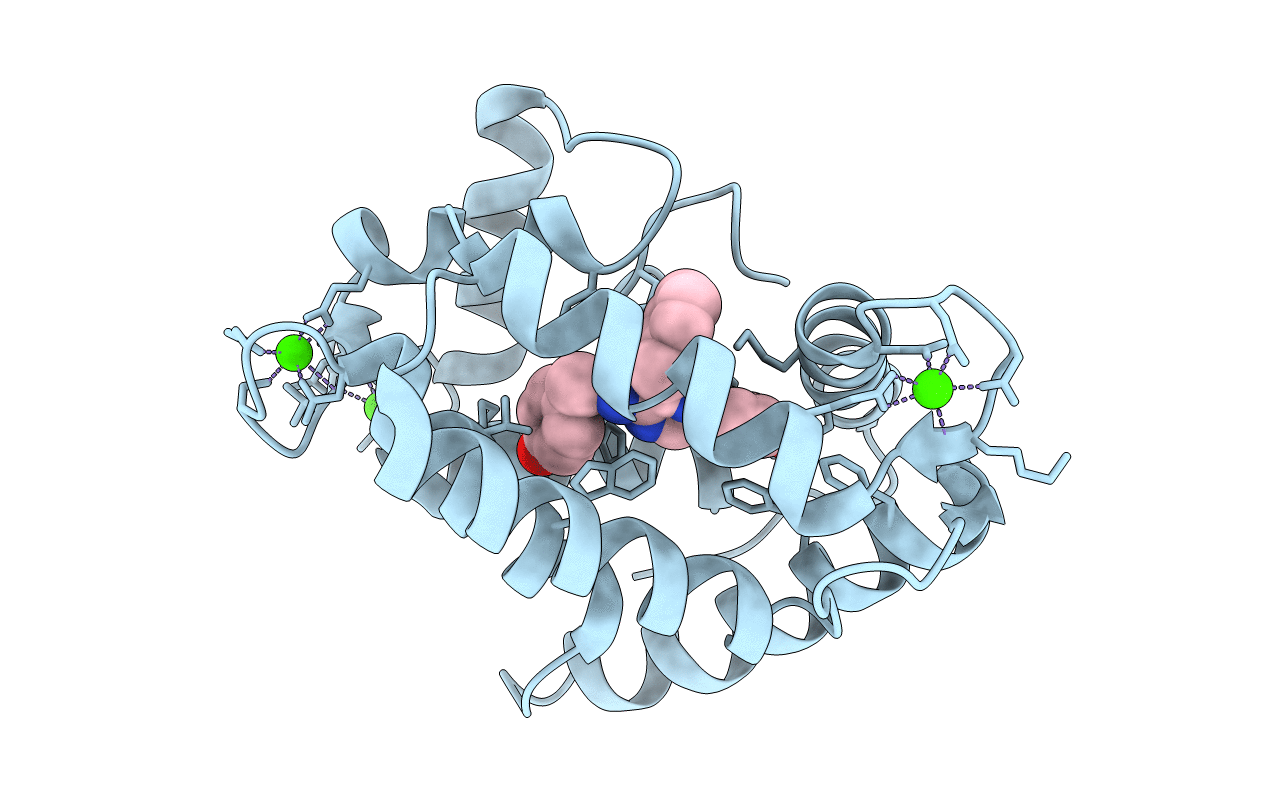
Deposition Date
2013-09-17
Release Date
2014-03-12
Last Version Date
2023-11-08
Entry Detail
PDB ID:
4MRY
Keywords:
Title:
Crystal Structure of Ca(2+)- discharged Y138F obelin mutant from Obelia longissima at 1.30 Angstrom resolution
Biological Source:
Source Organism:
Obelia longissima (Taxon ID: 32570)
Host Organism:
Method Details:
Experimental Method:
Resolution:
1.30 Å
R-Value Free:
0.19
R-Value Work:
0.17
R-Value Observed:
0.17
Space Group:
P 21 21 21


